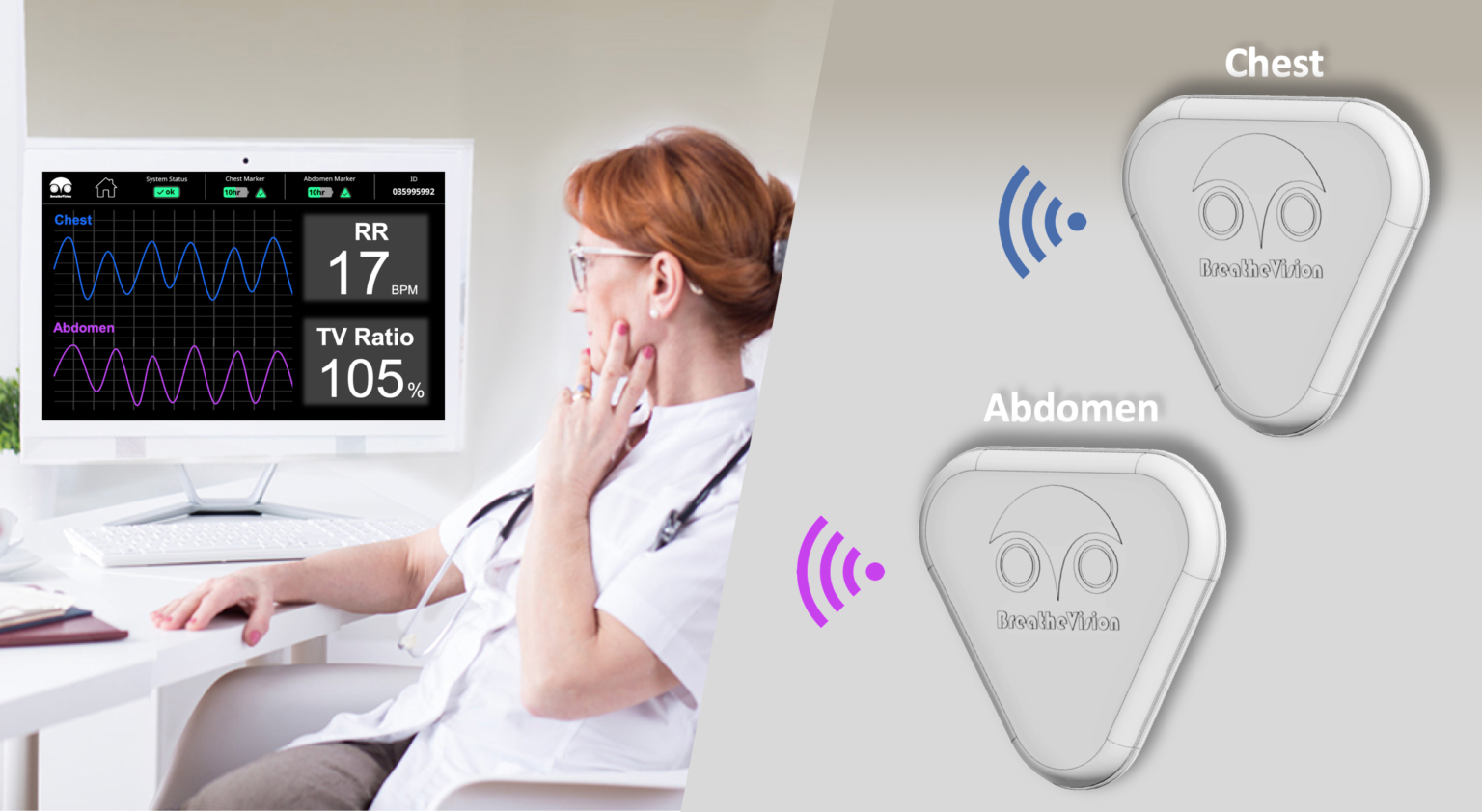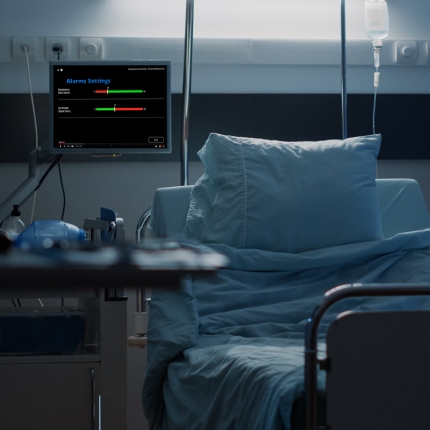
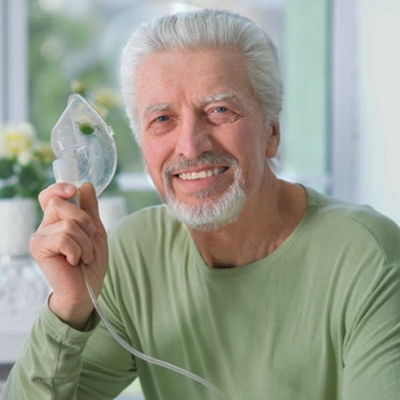
Technology
SafeSed Technology
Our experienced, innovative scientists took technology from machine learning, AI, and aerospace algorithms and applied it to inventing a revolution in monitoring. Two low-cost sensors, worn like stickers by the patient, measures chest and abdomen movements. They transmit that data to a monitor that quantifies their breathing so that medical staff can be alerted before a crisis gets out of control.
This wireless, tubeless system solves today’s widespread crisis in detecting breathing failure. Unlike a Pulse-oximeter, our monitors give early warning. Unlike Capnography, our monitors are affordable and comfortable. Unlike spot-checks by nurses, our monitors are continuous and accurate.
Monitoring
SafeSed Is Up and Running in Three Steps
Step 1
Place 2 reusable sensors
The nurse places two SafeSed sensors on the patient’s chest and abdomen.
No wires, no noise, no discomfort.
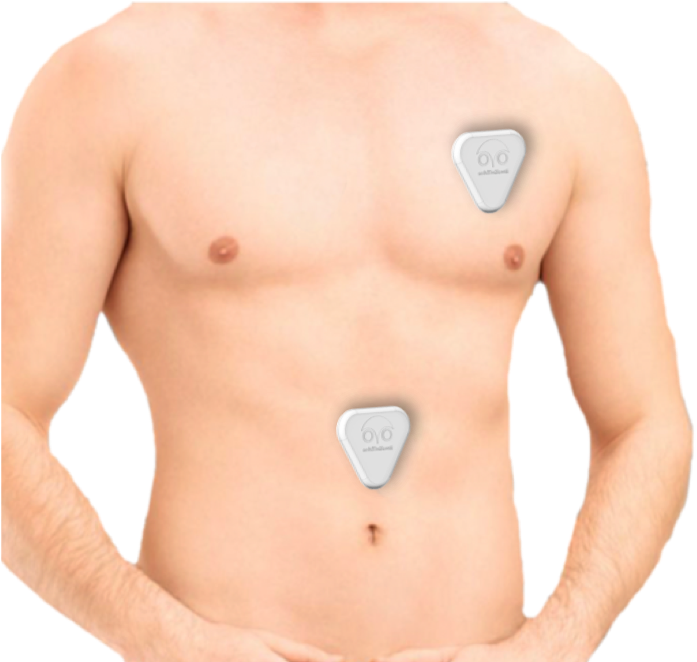
Step 2
AI-driven remote tracking begins
Breathing is tracked, analysed, and charted to instantly reveal any obstruction, shallow breath, apnea, or crisis.
Each subtle change is recorded.
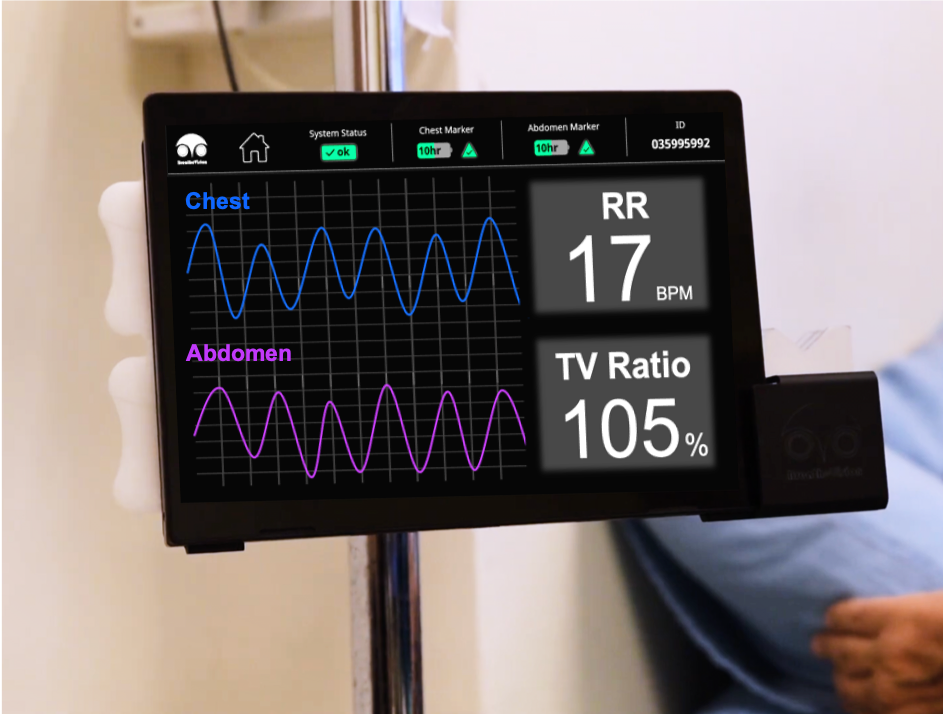
Step 3
Healthcare team is alerted in real time
Before the patient suffers consequences, doctors or nurses can intervene.
SafeSed works whether a patient is at home, on the move, or in a recovery room after surgery.
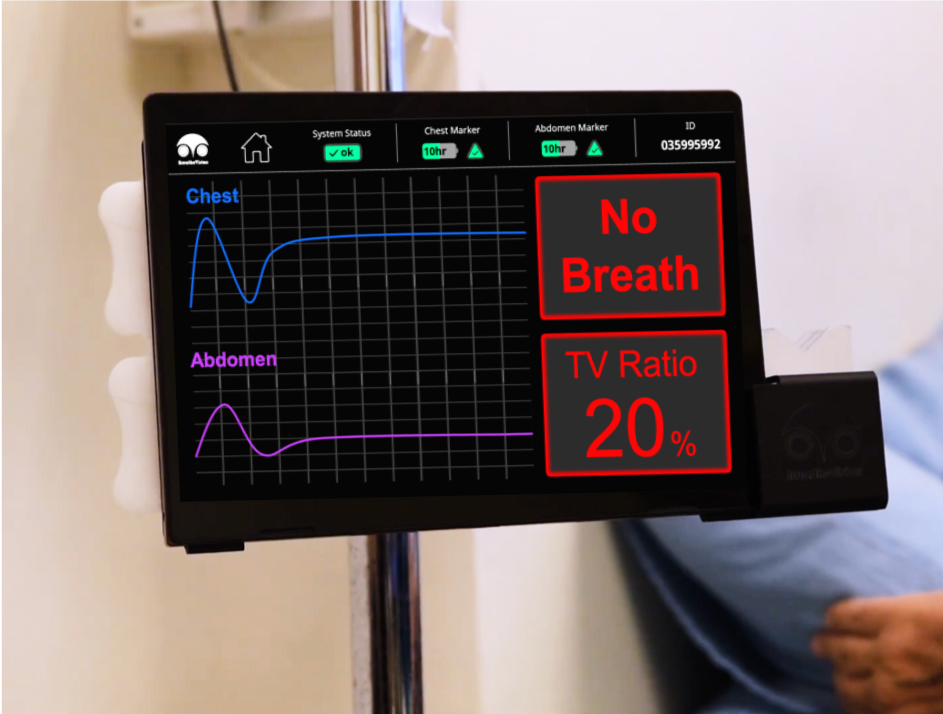
Technology
Key Features
Deep Learning Algorithms
Advances signal processing for extracting breathing parameters: Respiratory Rate, Breathing Depths, Apnea and Obstructive breathing.
Affordable Hardware
Two low-cost Sensors which communicate with a monitor.
Wireless Communication
No wires, no tubes.
Reports and Alerts
Local and Remote monitoring, with real-time Alerts and Reports.
24h Operation
The markers can operate 24h without charging.
Simple Operation
No need for special training to operate the system. Additional tutorial video contains detailed instructions.

